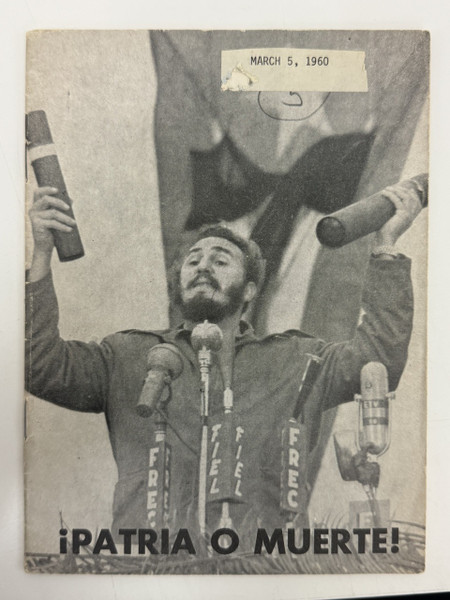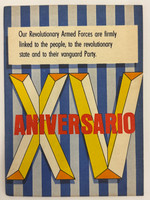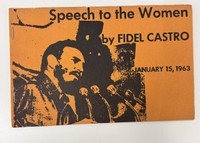- Travel
-
Exhibits
- La Portada Cubana
- Immortal Cuba: Artists Take on Their Heroes
- Seattle Poster Exhibit
- Sandra Dooley & Alejandrina Cué
- The Art of Wayacón
- Cuban Folk Art
- Cuba In Black And White
- 25 Years of Cuban Art Space
- Summer Folk Art Expo
- ¡SPRING AWAKENING FROM CUBA!
- Celebrating The Art Of Cuban Women
- Celebrating Paper, Affordable Art from Cuba
- Art of the Revolution
- Outsider Art
- Lost and Found
- En la lucha: Celebrating Cuban Women and Their Art
- Cuban Art Stash
- 100 Fires: 5 Cienfuegos Artists' Work on Paper
- Waya + Monte! Magic Realism in Cienfuegos
- Viva Cuba Viva! Poster Show
- Cultivando Sueños
- Black Lives Matter in Cuba Jan 9-March 27
- Leandro Soto: Crónicas visuales
- Cuban Canvas
-
Archive
- Global Reflection 2018: Spirit and Community
- Exhibit in the cloud: Contemporary Works on Paper
- MADE IN CUBA! MINNEAPOLIS EXHIBIT
- Cuban Posters and Photography from CCS collection
- AUTUMN SALE! Sept/Oct 2017
- SPRING ARTS AND CRAFT SALE
- Vuelo Directo/Non Stop: Alberto & Alejandro Lescay
- The Many Faces of Fidel
- Somos
- Made in Cuba!
- The US empire in Cuban graphics
- Made in Cuba/Seattle exhibit
- Entre Nos
- Looking Back
- Cuban Art Space
- Membership/Donate
- About Us
- Cuba News
-
This historic pamphlet features a dramatic photographic cover capturing Fidel Castro at one of the most pivotal moments in Cuban revolutionary history. The image shows Castro with both arms raised triumphantly, microphones clustered before him, speaking at the mass funeral for victims of the La Coubre explosion. Behind him, the Cuban flag is visible, while the date "MARCH 5, 1960" appears in a label at the top of the composition. The bold black typography of "¡PATRIA O MUERTE!" at the bottom creates a powerful visual anchor, transforming a documentary photograph into revolutionary iconography. The stark black and white imagery and simple typographic treatment give the cover an urgent, almost newsprint quality that emphasizes the immediacy and gravity of the moment being documented.
On March 4, 1960, the French freighter La Coubre, carrying Belgian weapons purchased by Cuba for its defense, exploded in Havana harbor, killing over 100 people and injuring hundreds more. Cuba immediately suspected U.S. sabotage, though this was never proven. The following afternoon, Fidel Castro delivered this speech at the funeral for the victims, and it was during this event that he first pronounced the phrase "Patria o Muerte" (Homeland or Death), which would become the enduring slogan of the Cuban Revolution. The speech rallied Cubans against perceived external aggression and solidified revolutionary resolve. Notably, this was also the occasion when photographer Alberto Korda captured his legendary image of Che Guevara, which would become perhaps the most reproduced photograph in history.
Published by the Instituto Nacional de Reforma Agraria (INRA) in March 1960, this pamphlet represents the Revolutionary Government's immediate effort to document and disseminate Castro's words during a moment of national crisis. INRA, established in 1959 to implement agrarian reform, also functioned as a major publishing arm of the early revolutionary government. The pamphlet's simple, urgent design reflects the revolutionary aesthetic of the period—prioritizing immediacy and accessibility over elaborate production. This document captures a transformative moment when tragedy was converted into revolutionary commitment, when a phrase spoken in grief became an eternal vow of resistance.
-
-
Discover More at the Center for Cuban Studies







